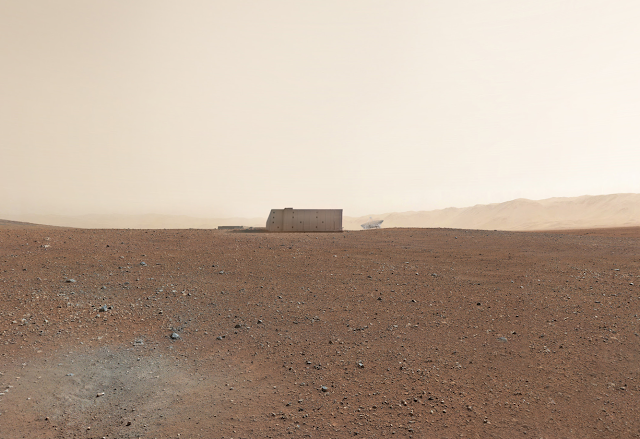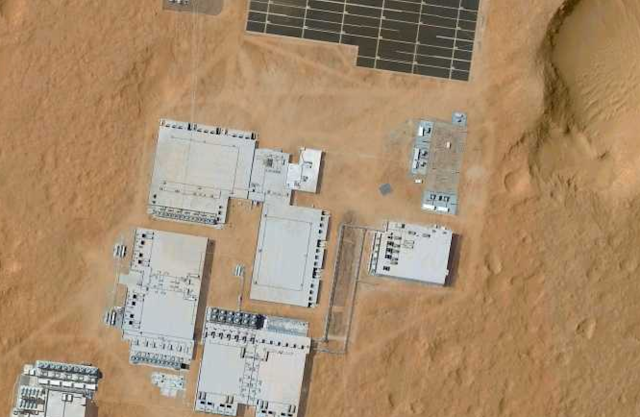Google Cloud Platform (GCP) is committed to meeting our customers needs—no matter where they are. Amidst our growing list of new regions, today we're pleased to announce our expansion to Mars. In addition to supporting some of the most demanding disaster recovery and data sovereignty needs of our Earth-based customers, we’re looking to the future cloud infrastructure needed for the exploration and ultimate colonization of the Red Planet.
 |
| Visit Mars with Google Street View |
Our first interplanetary data center—affectionately nicknamed “Ziggy Stardust”—will open in 2018. Our Mars exploration started as a 20% project with the Google Planets team, which mapped Mars and other bodies in space and found a suitable location in Gale Crater, near the landing site of NASA’s Curiosity rover.
 |
| Explore more of Mars in Google Maps |
Customers can choose to store data exclusively in the new Mars region, outside of any controlled jurisdictions on Earth, ensuring that they're both compliant with and benefit from the terms of the Outer Space Treaty. The ability to store and process data on Mars enables low-latency data analysis pipelines and consumer apps to serve the expected influx of Mars explorers and colonists. How exciting would it be to stream movies of potatoes growing right from the craters and dunes of our new frontier?
One of our early access customers says “This will be a game changer for us. With GCS, we can store all the data collected from our rovers right on Mars and run big data analytics to query exabyte-scale datasets all in a matter of seconds. Our dream of colonizing Mars by 2020 can now become a reality.”
 |
| Walk inside our new data center in Google Street View |
But why stop at Mars? We're taking a moonshot at N+42 redundancy with galaxy-scale computing. While GCP is optimized for faster-than-light data coordination for databases, the Google Planets team is already hard at work mapping the rest of our solar system for future data center locations. Stay tuned and join our journey! We can’t wait to see the problems you solve and the breakthroughs you achieve.
P.S. Check out Curiosity’s journey across the Red Planet on Mars Street View.